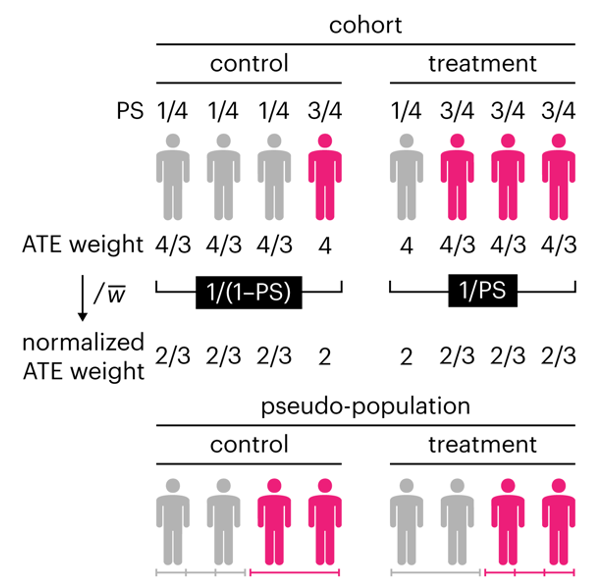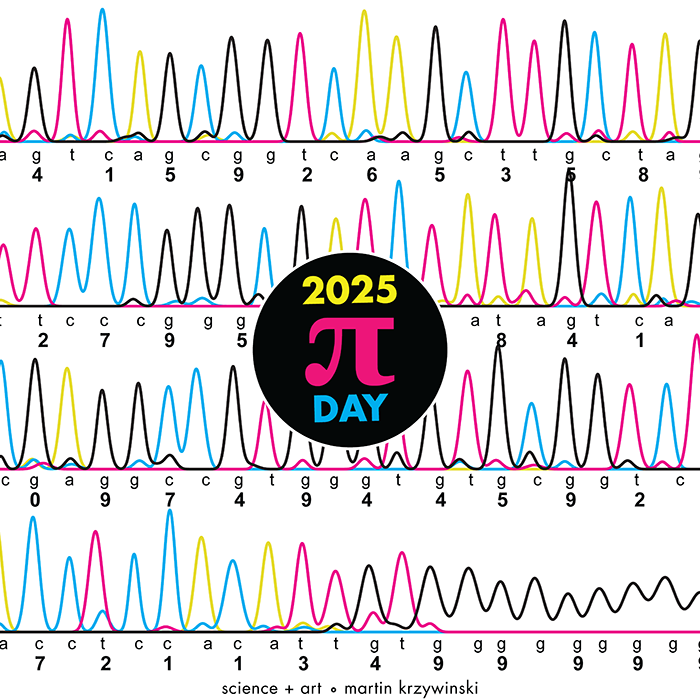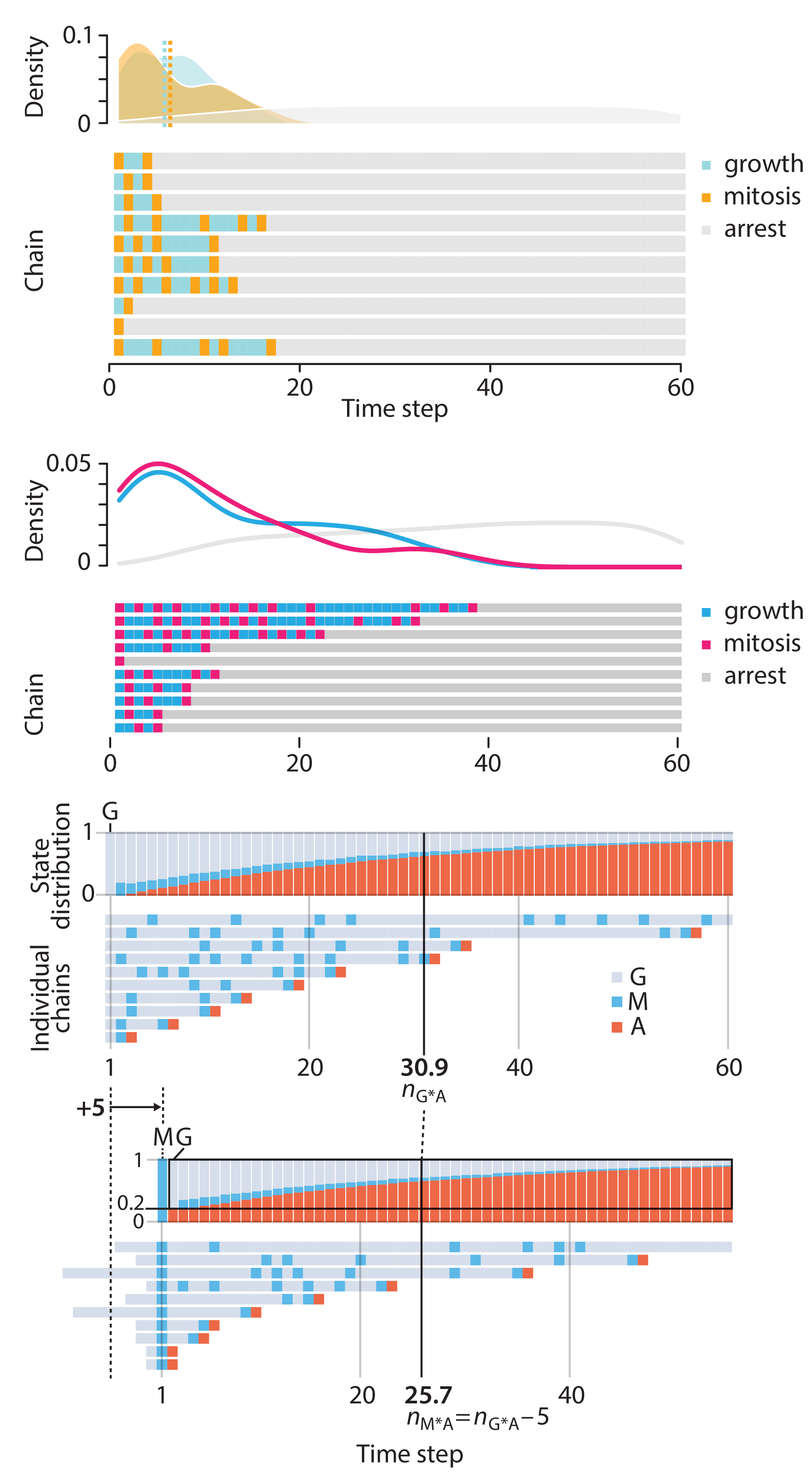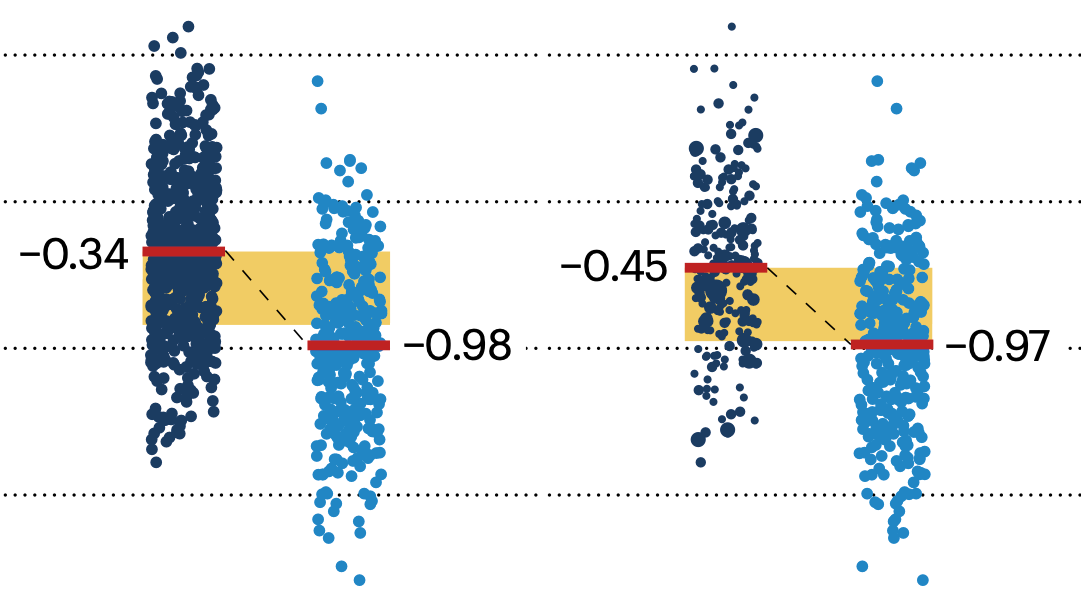PNAS cover — Earth BioGenome Project
An enlightened perspective on our planet
contents
download | 1,162 loci records for 806 unique species submitted by 9 consortia: Bat1K Consortium, Genome 10K Community of Scientists, Human Genome Sequencing Center, Molecular Ecology Group, Tribolium Genome Sequencing Consortium, Vertebrate Genomes Project Consortium, Wellcome Sanger Institute, Wellcome Sanger Institute Data Sharing, Wellcome Sanger Tree of Life Programme.
download | 806 unique species
download | 1,121 sequence records representing short sequences from all species.
download | Geolocation mappings for each genbank record. Localization was done using GBIF. Species list of all occurrences (human observation or preserved specimen) for each continent were downloaded. If a species was observed on multiple continents it is denoted by location_type = MULTI in the file otherwise it is UNIQUE. Where a species did not have an occurrence, its habitat was determined manually through Wikipedia or other sources and denoted by SUPP. Finally, some records were corrected manually (override_location). For species with multiple locations, one was arbitrarily chosen, but excluded Europe since this continent is small on the map and has small sequence capacity (the TSP path is short).
download | The sequence and its location for each species in the design.
Beyond Belief Campaign BRCA Art
Fuelled by philanthropy, findings into the workings of BRCA1 and BRCA2 genes have led to groundbreaking research and lifesaving innovations to care for families facing cancer.
This set of 100 one-of-a-kind prints explore the structure of these genes. Each artwork is unique — if you put them all together, you get the full sequence of the BRCA1 and BRCA2 proteins.
Propensity score weighting
The needs of the many outweigh the needs of the few. —Mr. Spock (Star Trek II)
This month, we explore a related and powerful technique to address bias: propensity score weighting (PSW), which applies weights to each subject instead of matching (or discarding) them.

Kurz, C.F., Krzywinski, M. & Altman, N. (2025) Points of significance: Propensity score weighting. Nat. Methods 22:1–3.
Happy 2025 π Day—
TTCAGT: a sequence of digits
Celebrate π Day (March 14th) and sequence digits like its 1999. Let's call some peaks.

Crafting 10 Years of Statistics Explanations: Points of Significance
I don’t have good luck in the match points. —Rafael Nadal, Spanish tennis player
Points of Significance is an ongoing series of short articles about statistics in Nature Methods that started in 2013. Its aim is to provide clear explanations of essential concepts in statistics for a nonspecialist audience. The articles favor heuristic explanations and make extensive use of simulated examples and graphical explanations, while maintaining mathematical rigor.
Topics range from basic, but often misunderstood, such as uncertainty and P-values, to relatively advanced, but often neglected, such as the error-in-variables problem and the curse of dimensionality. More recent articles have focused on timely topics such as modeling of epidemics, machine learning, and neural networks.
In this article, we discuss the evolution of topics and details behind some of the story arcs, our approach to crafting statistical explanations and narratives, and our use of figures and numerical simulations as props for building understanding.

Altman, N. & Krzywinski, M. (2025) Crafting 10 Years of Statistics Explanations: Points of Significance. Annual Review of Statistics and Its Application 12:69–87.
Propensity score matching
I don’t have good luck in the match points. —Rafael Nadal, Spanish tennis player
In many experimental designs, we need to keep in mind the possibility of confounding variables, which may give rise to bias in the estimate of the treatment effect.

If the control and experimental groups aren't matched (or, roughly, similar enough), this bias can arise.
Sometimes this can be dealt with by randomizing, which on average can balance this effect out. When randomization is not possible, propensity score matching is an excellent strategy to match control and experimental groups.
Kurz, C.F., Krzywinski, M. & Altman, N. (2024) Points of significance: Propensity score matching. Nat. Methods 21:1770–1772.

